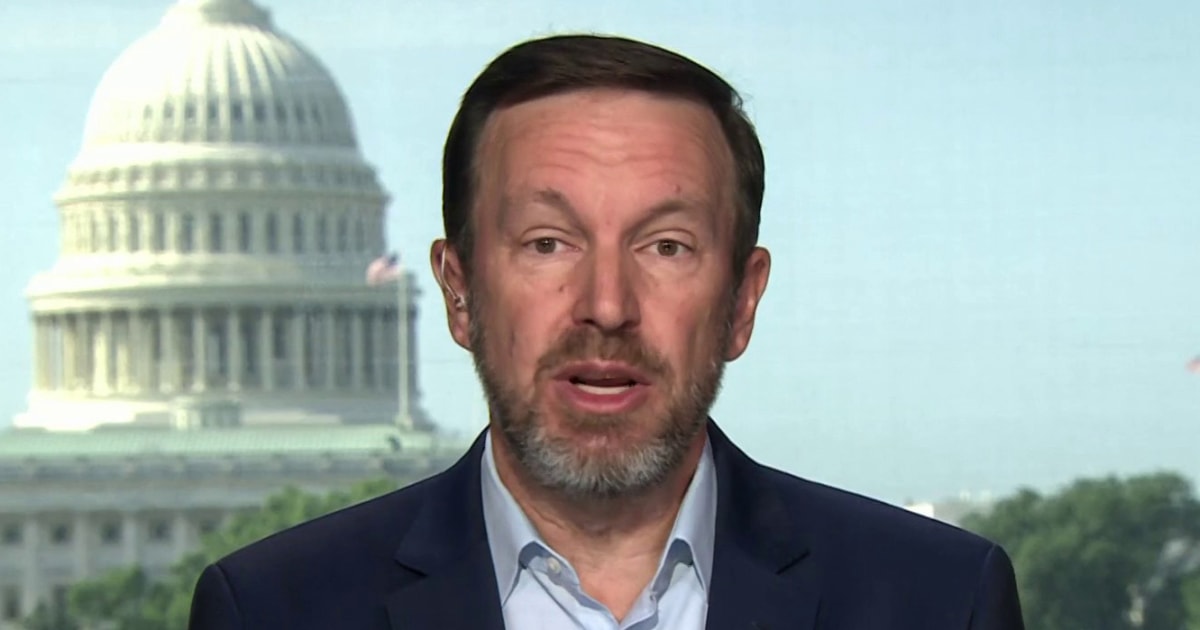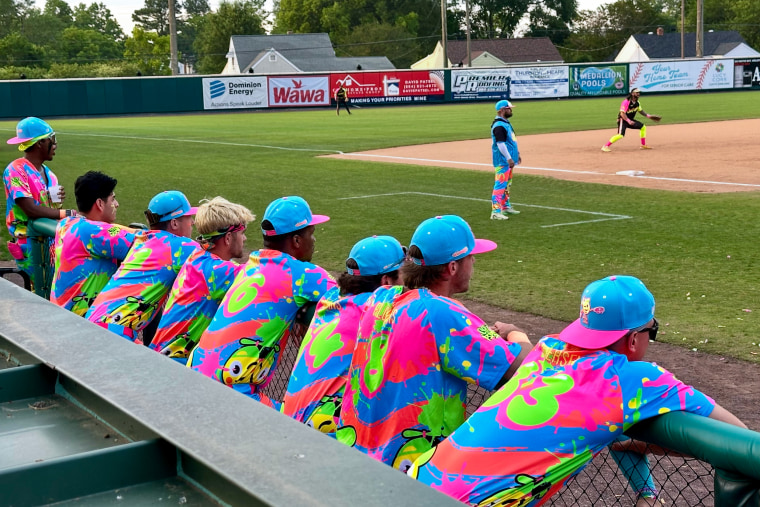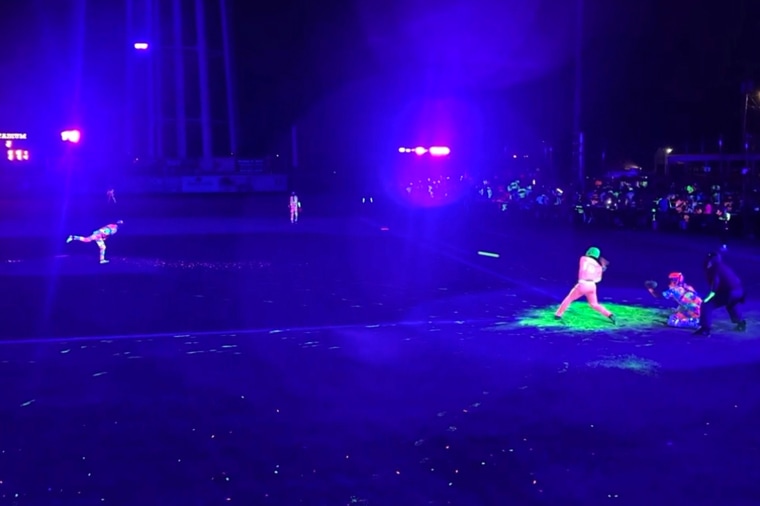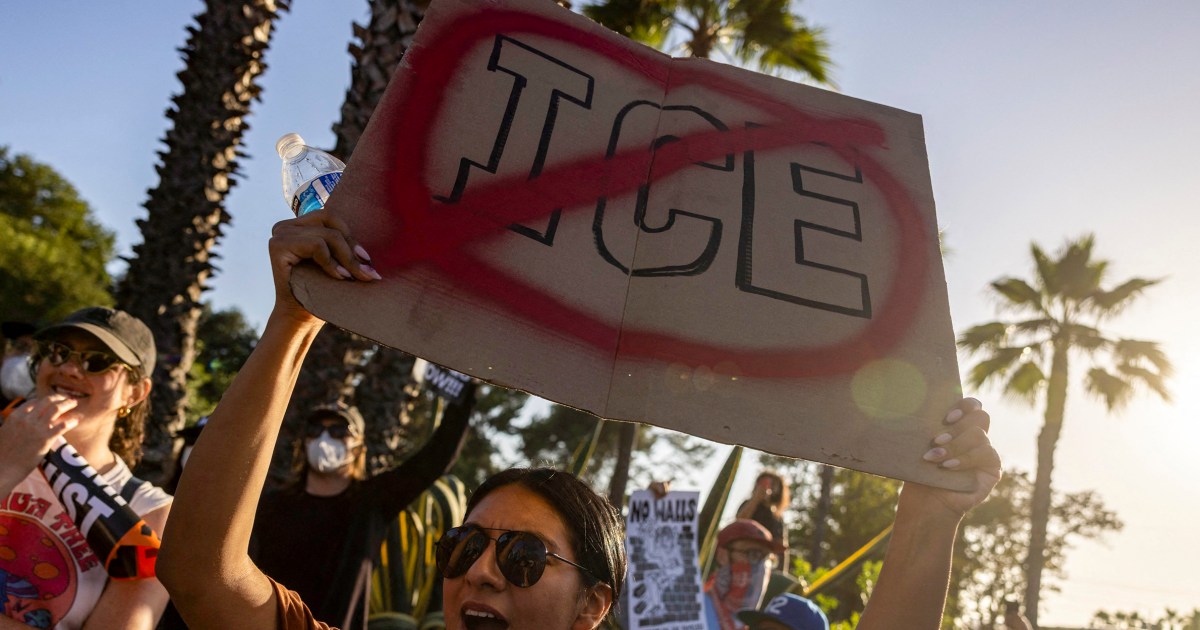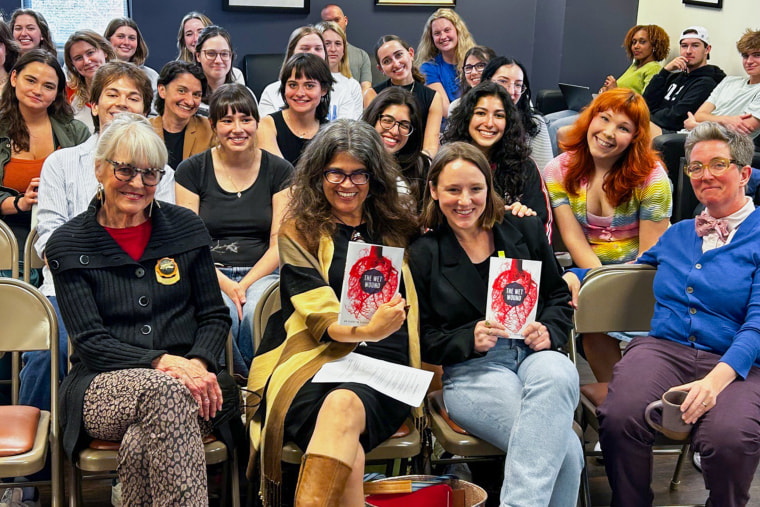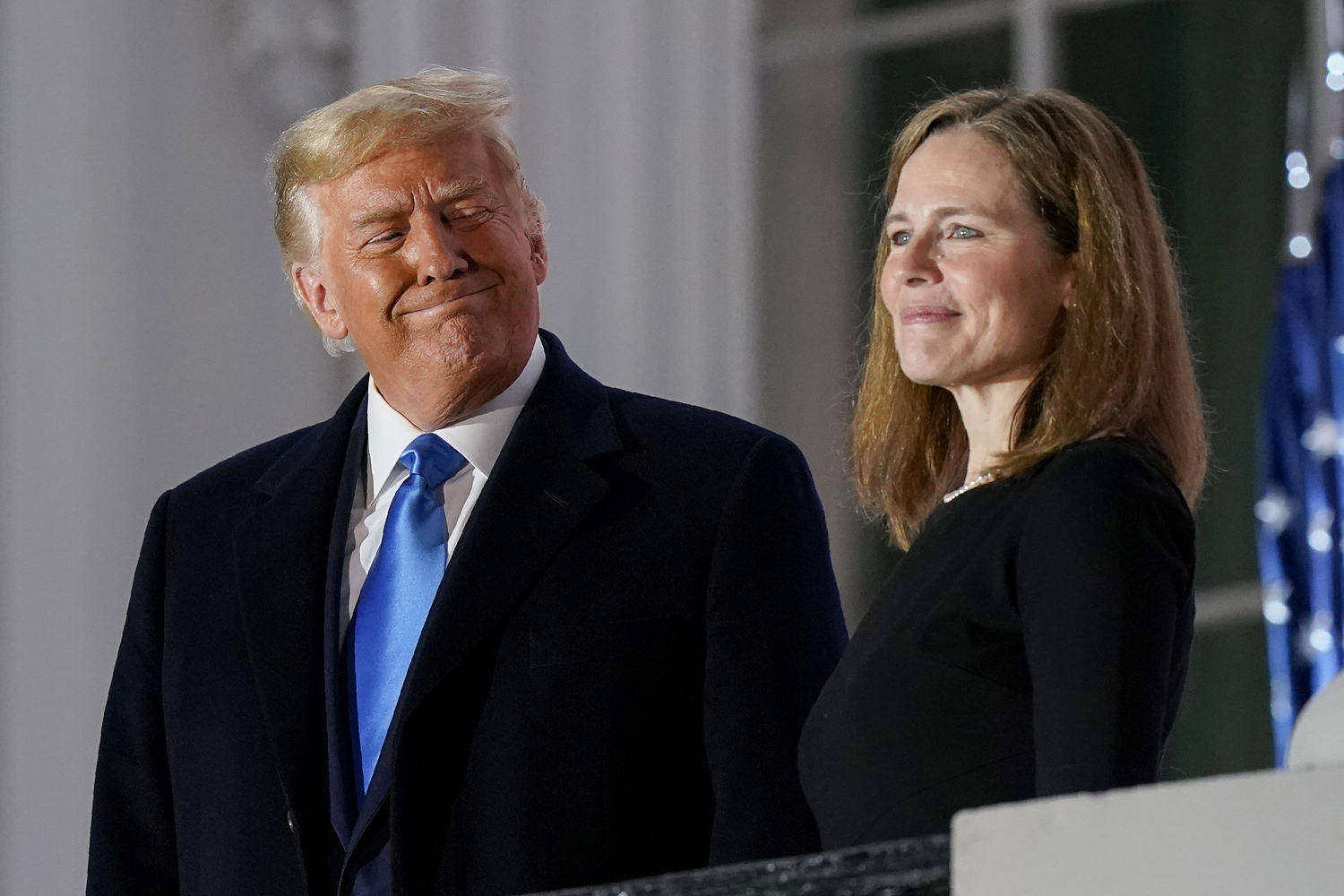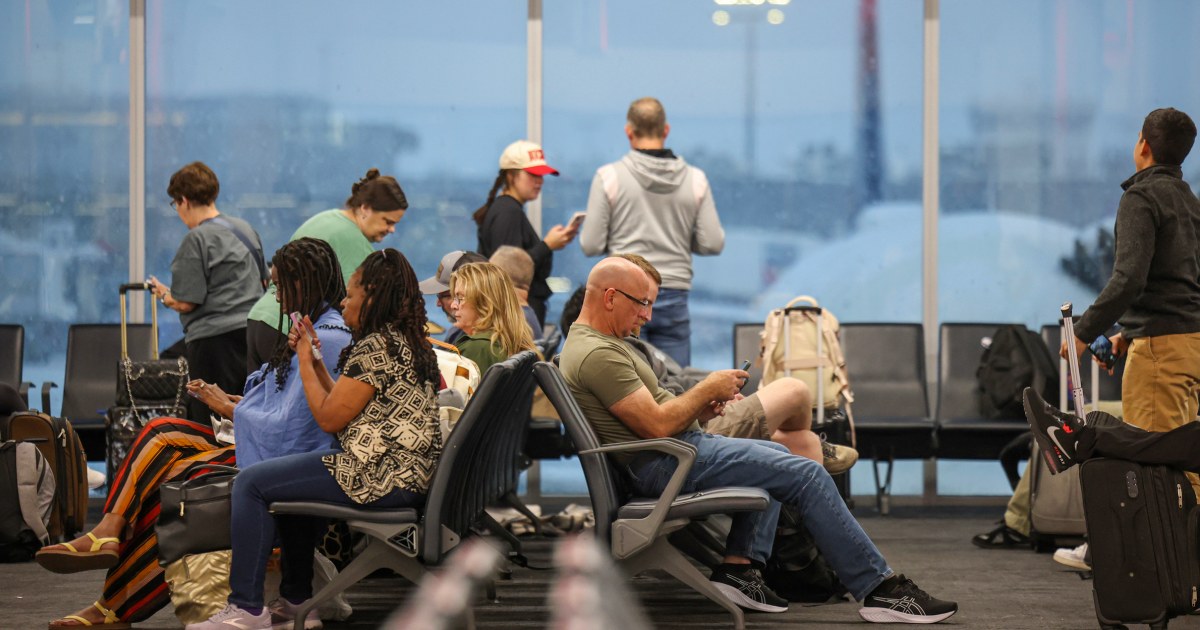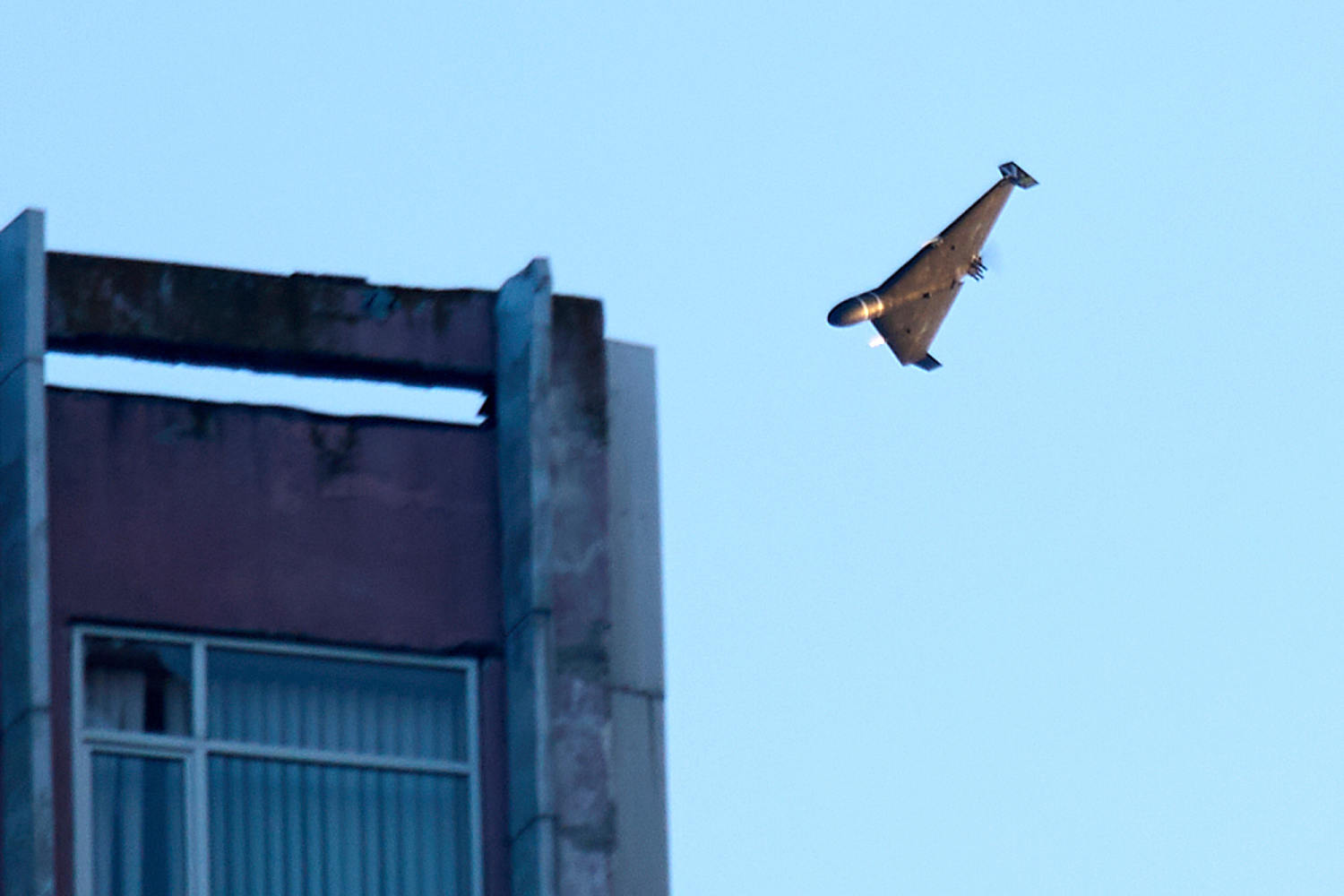
KYIV, Ukraine — Russia launched its biggest aerial attack against Ukraine overnight, a Ukrainian official said Sunday, part of an escalating bombing campaign that has further dashed hopes for a breakthrough in efforts to end the 3-year-old war.
Russia fired a total of 537 aerial weapons at Ukraine, including 477 drones and decoys and 60 missiles, Ukraine’s air force said. Of these, 249 were shot down and 226 were lost, likely having been electronically jammed.
The onslaught was “the most massive airstrike” on the country since the beginning of Russia’s full-scale invasion in February 2022, taking into account both drones and various types of missiles, Yuriy Ihnat, head of communications for Ukraine’s air force, told The Associated Press. The attack targeted several regions, including western Ukraine, far from the front line.
Poland and allied countries scrambled aircraft to ensure the safety of Polish airspace, the country’s air force said.
Three people were killed in each of the drone strikes in the Kherson, Kharkiv and the Dnipropetrovsk regions, according to the three governors.
Another person was killed by an airstrike in Kostyantynivka, local officials said. In addition to aerial attacks, a man died when Russian troops shelled the city of Kherson, and the body of a 70-year-old woman was found under the rubble of a nine-story building hit by Russian shelling in the Zaporizhzhia region.
In the far-western Lviv region, a large fire broke out at an industrial facility in the city of Drohobych following a drone attack that also cut electricity to parts of the city.
Ukraine’s air force said one of its F-16 warplanes supplied by its Western partners crashed after sustaining damage while shooting down air targets. The pilot died.
Russian troops reportedly advance in Donetsk
Russia’s Defense Ministry said it had shot down three Ukrainian drones overnight.
Two people were wounded in another Ukrainian drone attack on the city of Bryansk in western Russia, regional Gov. Alexander Bogomaz said Sunday morning, adding that seven more Ukrainian drones had been shot down over the region.
Meanwhile, Russia claimed Sunday that it had taken control of the village of Novoukrainka in the partially Russian-occupied Donetsk region.
Russian forces have been slowly grinding forward at some points on the roughly 1,000-kilometer (620-mile) front line, though their incremental gains have been costly in terms of troop casualties and damaged armor.
In other developments, Russia’s foreign intelligence chief, Sergei Naryshkin, said he had spoken on the phone with his U.S. counterpart, CIA Director John Ratcliffe.
“I had a phone call with my American counterpart and we reserved for each other the possibility to call at any time and discuss issues of interest to us,” Naryshkin said in remarks to state TV reporter Pavel Zarubin, who posted them on his Telegram channel on Sunday.
Sunday’s attacks follow Russian President Vladimir Putin’s comments two days ago that Moscow is ready for a fresh round of direct peace talks in Istanbul. Two recent rounds of talks between Russian and Ukrainian delegations in Istanbul were brief and yielded no progress on reaching a settlement.
Zelenskyy withdraws Ukraine from an anti-land mine pact
Ukrainian President Volodymyr Zelenskyy signed a decree to withdraw Ukraine from the Ottawa Convention banning antipersonnel land mines, a Ukrainian lawmaker said Sunday. The move follows similar recent steps by the Baltic states and Poland.
The 1997 treaty prohibits the use, production, stockpiling and transfer of antipersonnel land mines in an effort to protect civilians from explosives that can maim or kill long after fighting ends.
“This is a step that the reality of war has long demanded,” said Roman Kostenko, secretary of the Ukrainian parliamentary committee on national security, defense and intelligence. He noted that Russia is not a party to the convention “and is massively using mines against our military and civilians.”



